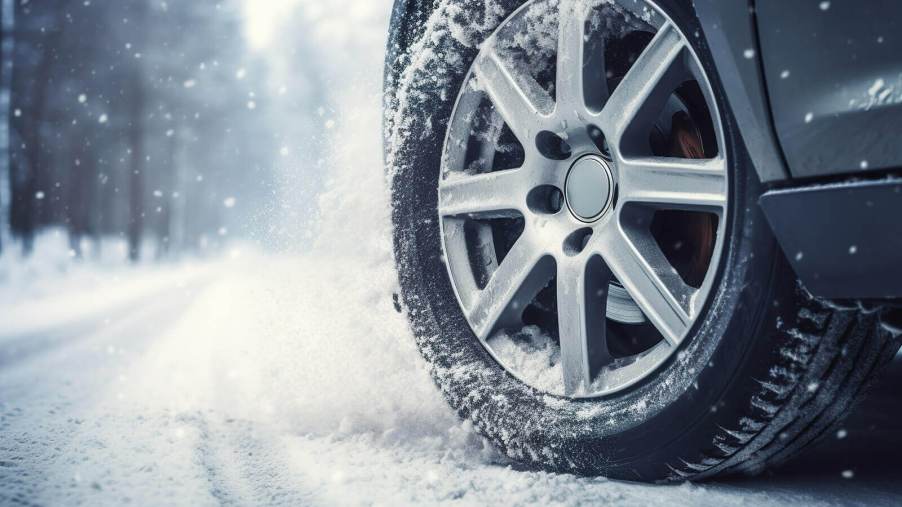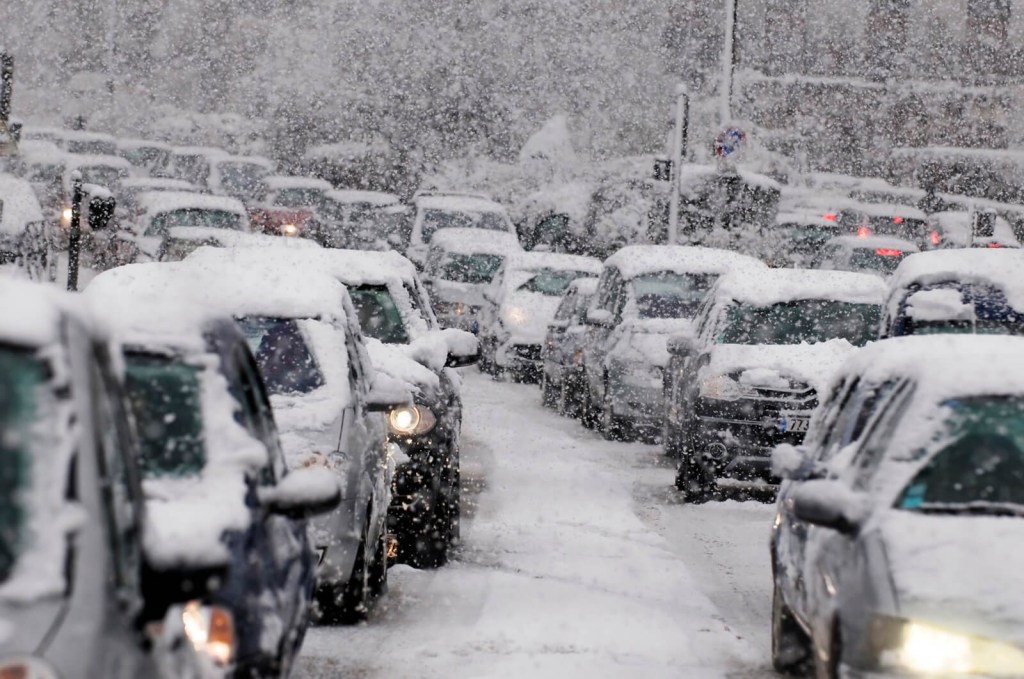
5 Travel Tips for Handling Your Winter Vacation Drives Safely
Driving in winter months presents its own difficulties, challenges, and dangers. If you’re not prepared to hit the road to tackle your winter vacation drives safely, you could end up in an accident or similar tragedy. Fret not, reader; We’ve got some vital travel tips to help you conquer your winter drives and get there safely for the holidays.
Be safe on your winter vacation with these five travel tips

Before you head out for a drive to your favorite restaurant for a holiday meal or a 1,000-mile drive across multiple states, be sure you’re prepared for what winter will throw at you.
- Pay attention to weather reports and avoid treacherous weather wherever possible
- Winter-proof your vehicle for any inclement weather
- Keep your cellphone charged and accessible
- Prepare an emergency kit
- Keep an eye on your speed
Weather changes quickly, especially during winter months in the northernmost states. As a result, every driver should pay close attention to advisories and updates from the National Weather Service (NWS). A fast-moving blizzard could be the difference between getting to your destination safely or calling for roadside assistance in a ditch.
Winterizing your vehicle doesn’t just mean a fuel stabilizer and a trickle charger. It can mean chains, a gritting agent (kitty litter works well), and above all else, healthy, seasonally appropriate tires. Winter tires can multiply grip in inclement weather better than all-wheel drive (AWD).
What’s more, a fully-charged cellphone is a must to ensure that you can call for help in the event of an emergency. Most newer vehicles have USB ports or wireless charging, so keeping your phone topped up has never been easier. Beyond a charged phone, a well-stocked emergency kit is a must. Check out our article outlining emergency kit musts as suggested by firefighters.
Finally, keeping your speed down is an easy, effective means of avoiding disaster in reduced-traction situations. Whether it be rain, snow, or ice, keeping your speed down could keep you alive.



